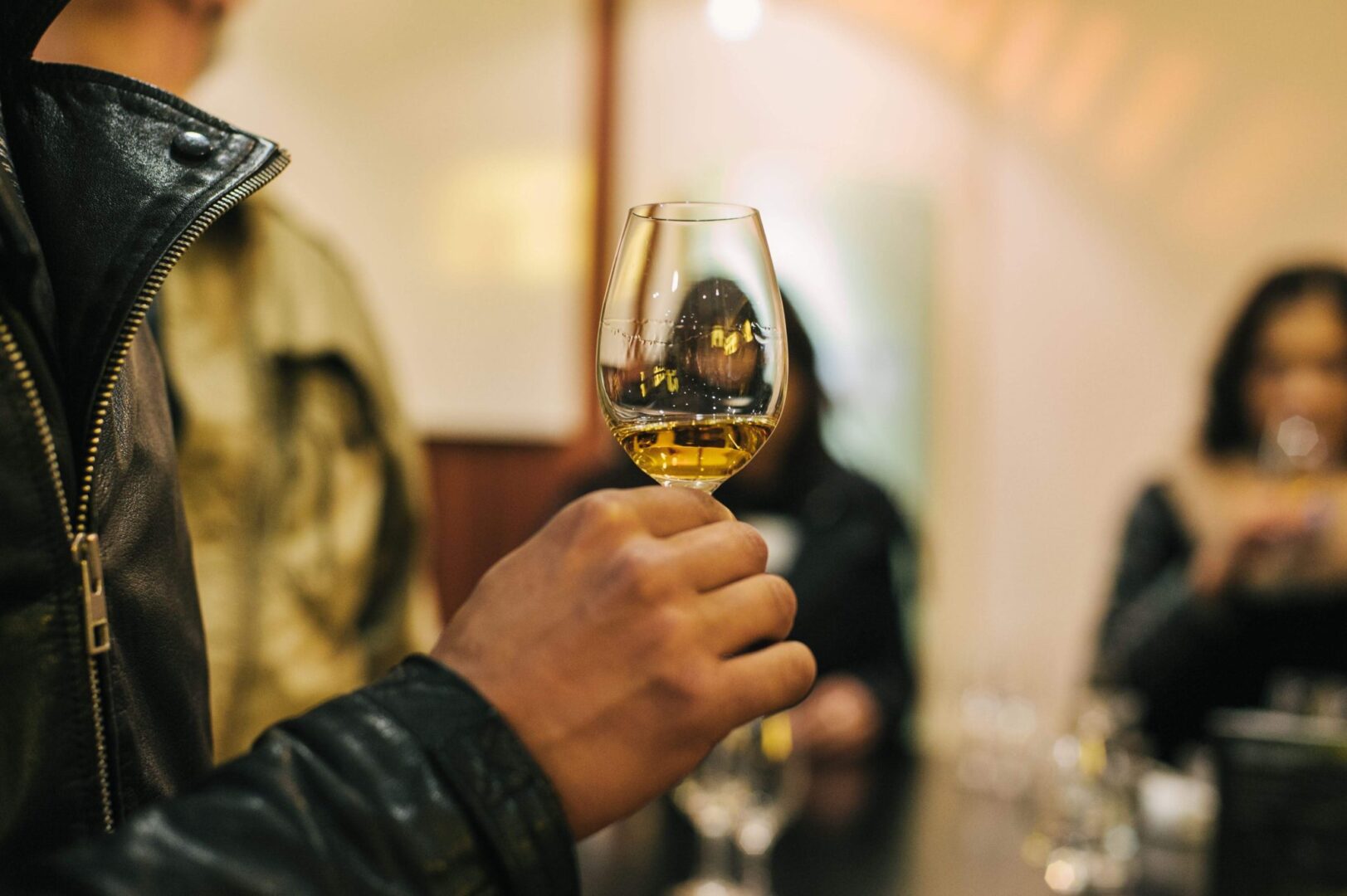
Speyside Malt Whisky Trail: In Search of the Holy Grail (Part 1: Understanding Scotch)

What is Scotch whisky?
You just can’t think of Scotland without thinking of Scotch whisky. Whisky is Scotland’s beloved national drink and its single biggest export, amounting to a record £4.70bn in 2018, up 7.8 per cent over the previous year. While Europe and the United States remain the biggest markets, with over 50 per cent shares, the rest of the world is fast catching up to its special appeal. India accounts for just over 3 per cent of the market share, but registered a huge 34 per cent growth in 2018 over the previous year.
To qualify as a Scotch whisky, the spirit must be produced in Scotland and matured in oak casks for at least three years.
As a whisky aficionado, my particular interest is in single malt whiskies. Single malts are the products of a single distillery unlike blended whiskies (for example, Johnny Walker and Chivas Regal) that involve an intricate process of mixing different single malts—anything between 15 and 50—with grain whisky.
There are 120 working distilleries in Scotland today, spread over the five main whisky-producing regions of Islay, Campbeltown, Highland, Lowland, and Speyside, and it is Speyside that boasts the highest concentration with over 50, including the global giants Glenfiddich and Glenlivet. As the name indicates, the region sits alongside the River Spey, with most of its distilleries scattered through the beautiful surrounding glens. Speyside is the driest and warmest part of Scotland and the fertile farmlands in and around the region are ideal for growing barley, which is combined with soft local water tumbling down the mountains to produce some of Scotland’s finest malt whiskies.
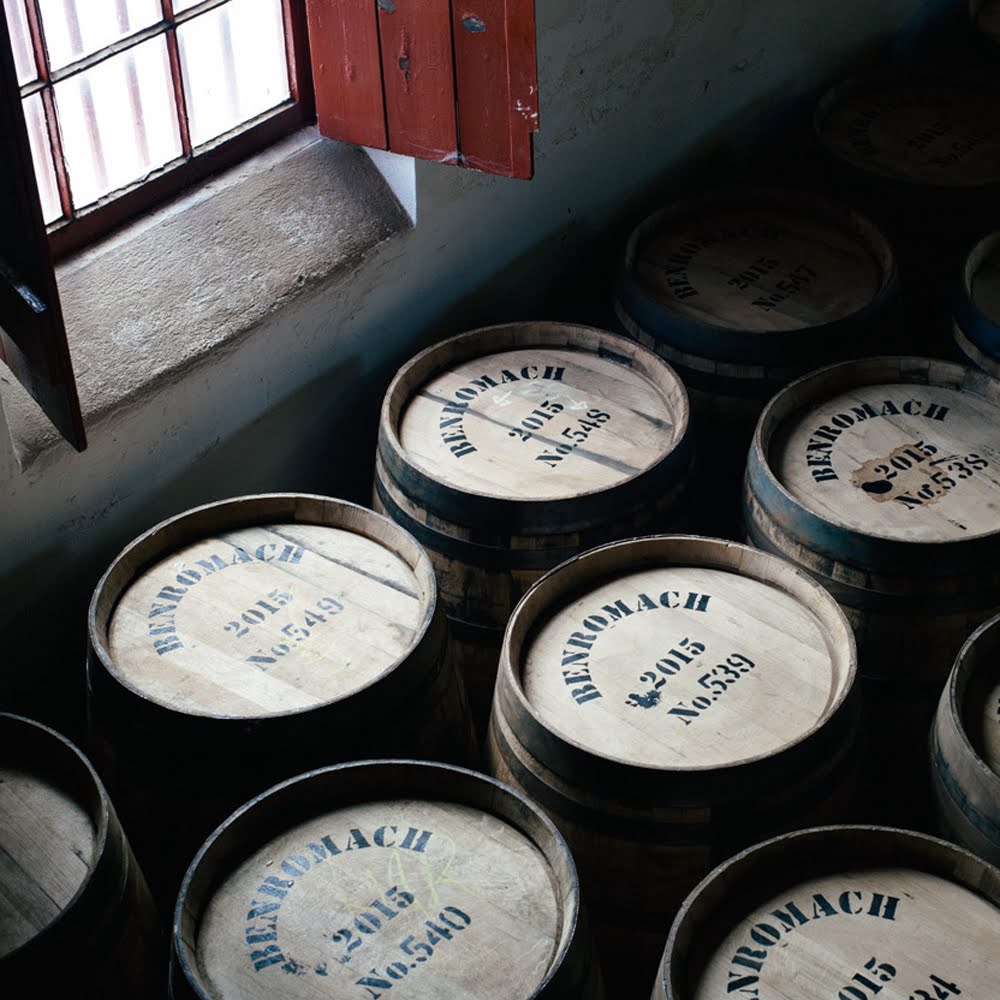
The history of Scotch whisky
The Gaelic term for whisky is uisge beatha (pronounced oosh-ka beh-ha), or the ‘water of life’, captures the importance of this beverage in Scotland, and the history of how this marvelous local drink evolved into the world-famous and much loved spirit it is today is indeed a fascinating one. The art of distilling whisky began as a way of using up barley spoilt by Scotland’s incessant rain and the first recorded instance of its manufacture dates back to 1494. The men who crafted the whisky were Christian monks and as the monastic orders crumbled in the sixteenth and seventeenth centuries, they refocused their energies on improving distillation techniques.
The success of the whisky industry did not escape the attention of the authorities, who levied ever more onerous taxes on production, eventually driving distillation underground. There followed decades of running war between the taxmen and the Highland distillers who turned to smuggling to evade taxes. In 1823, recognizing the futility of their efforts, and in one of the earliest instances of the application of the Laffer curve, the British Parliament lowered the licensing fee and payment per gallon of spirit and raised penalties for evasion. This ushered in the modern era of Scotch production, which received additional impetus by two noteworthy events. First, a new production process was introduced in 1831 using a Coffey or patent still, which produced whisky that was less intense and smoother. Second, the Phylloxera beetle destroyed wine and cognac production in France in 1880, and the canny Scots made the most of the opportunity to establish whisky as the preferred spirit of choice ahead of brandy, a position that Scotland has never relinquished.
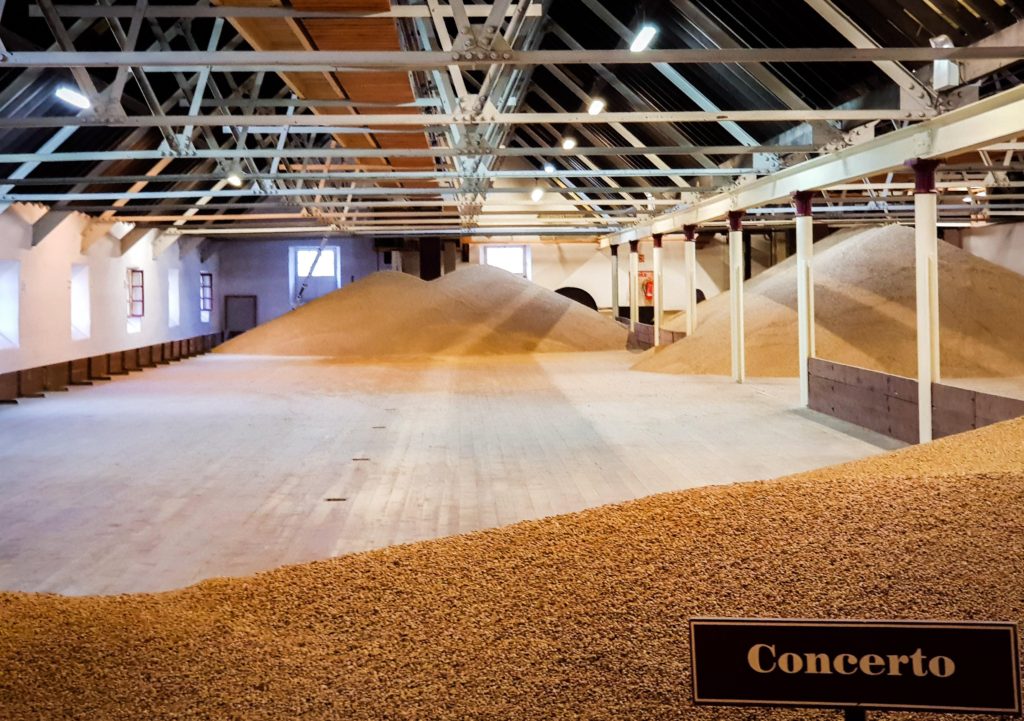
The fine art of producing single malt
While whisky comes in a multiplicity of flavours, colours, strengths, and brands, the basic process of distillation remains the same everywhere with the same three ingredients: spring water, malted barley, and yeast. There are five basic steps, described briefly below.
- Barley is steeped in water and then left out on a malting floor to sprout shoots. It is then baked in a kiln to dry out before being milled. The Islay distilleries burn readily available peat to dry out the malted barley, which gives their whiskies deliciously smoky notes.
- The ground barley, or ‘grist’, is mixed with hot water in a large metal tank called a ‘mash tun’, which produces a sugary liquid called ‘wort’.
- The liquid wort is passed into a large wooden vat called a ‘washback’. Yeast is then added and the mixture is allowed to ferment, which converts the sugars in the wort into an alcohol at around 8 per cent abv (alcohol by volume). This liquid, similar to a strong beer, is now known as ‘wash’.
- The liquid wash is heated in two copper pot stills, the wash still and the spirit still. Only the highest quality part of the spirit, the most superior portion, the ‘heart of the run’, is collected and poured into oak casks to age. The rest is siphoned off and re-distilled.
- The whisky then sleeps for years (usually ten or more) in these barrels, stored in large dark cellars until it is tasted and judged ready to be bottled by a master blender. The barrels may have contained sherry, bourbon, or port, which, along with the oak, influences the colour and the flavour of the whisky.
Check the Part 2 of this blog where we visit all the distilleries on the Speyside Malt Whisky Trail here.
Image Credits:
Table photo created by Racool_studio
![]()

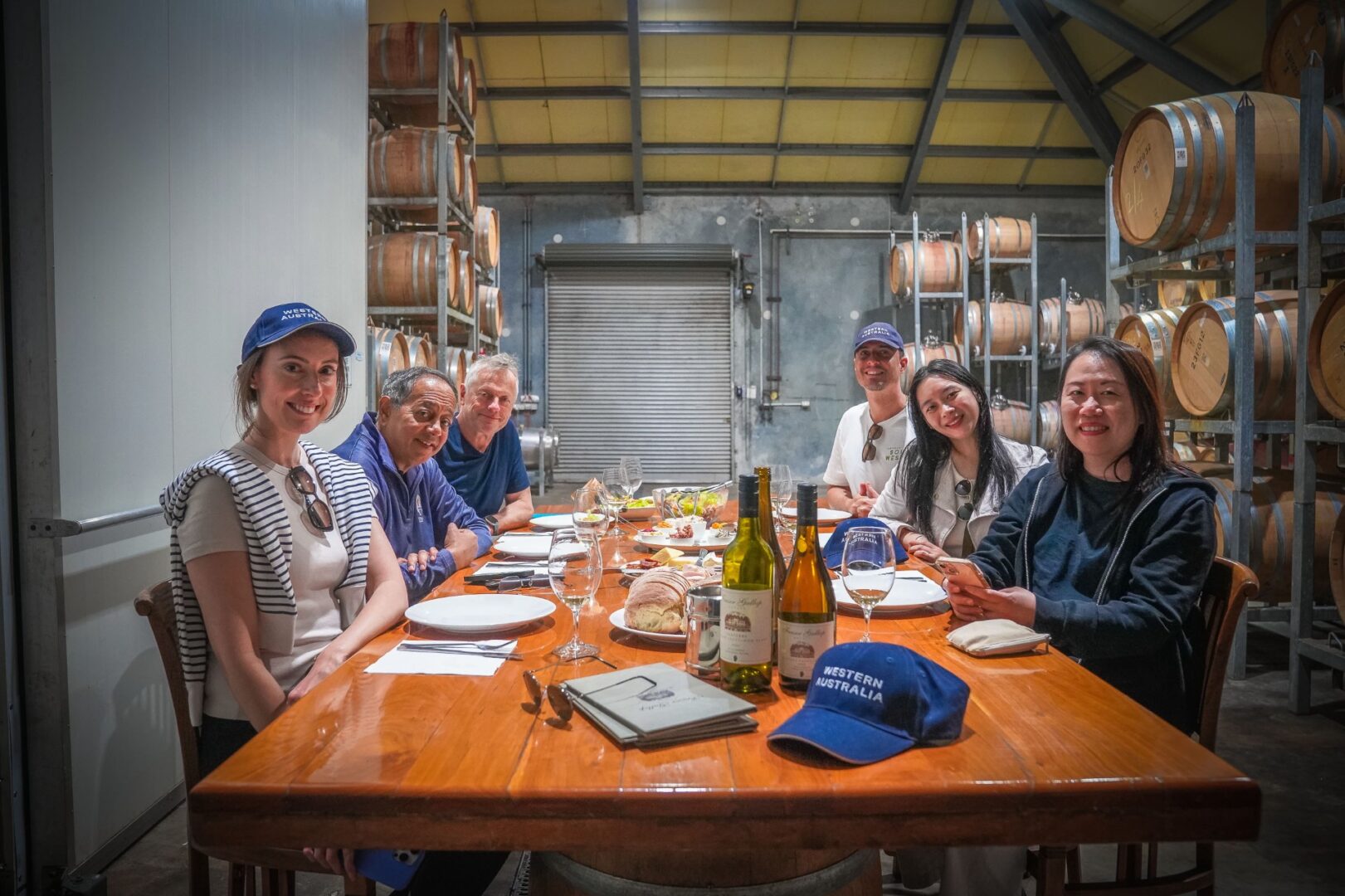
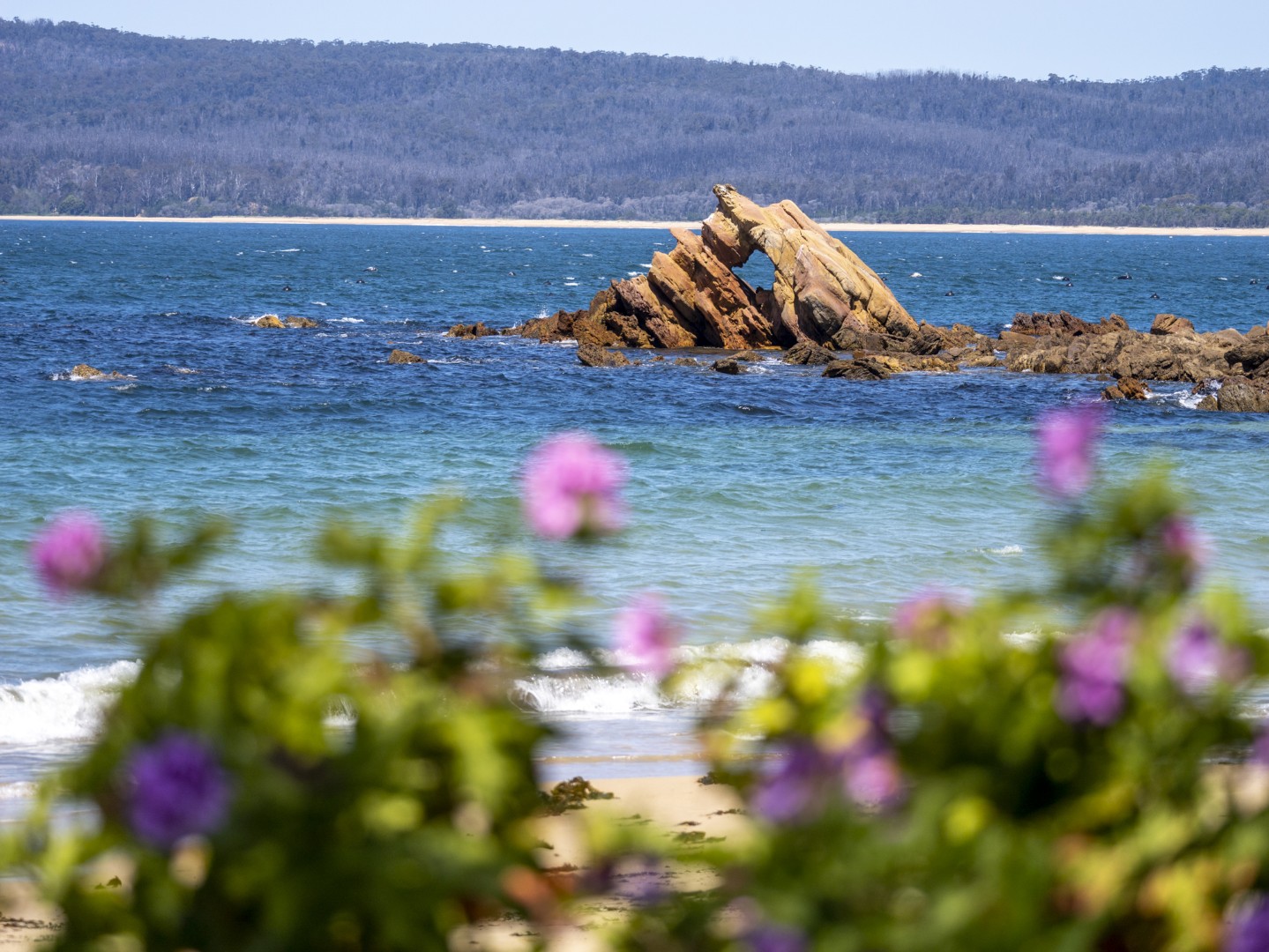
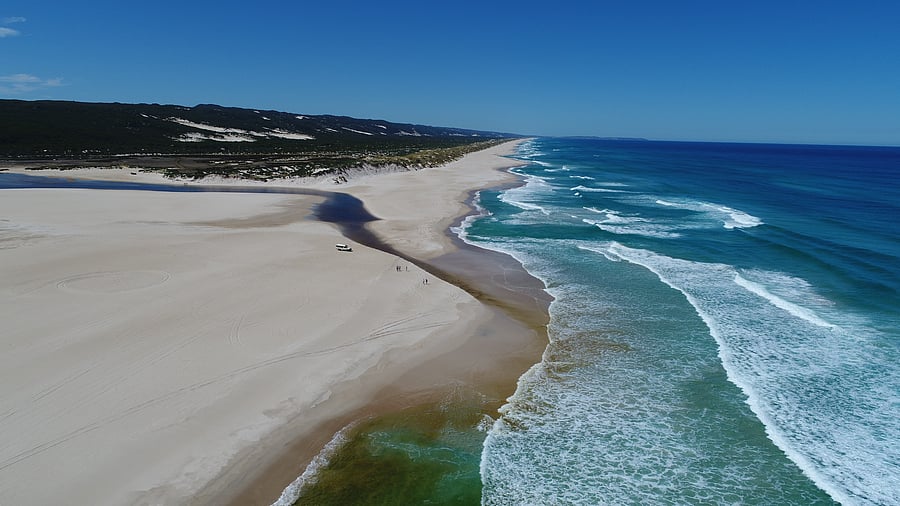
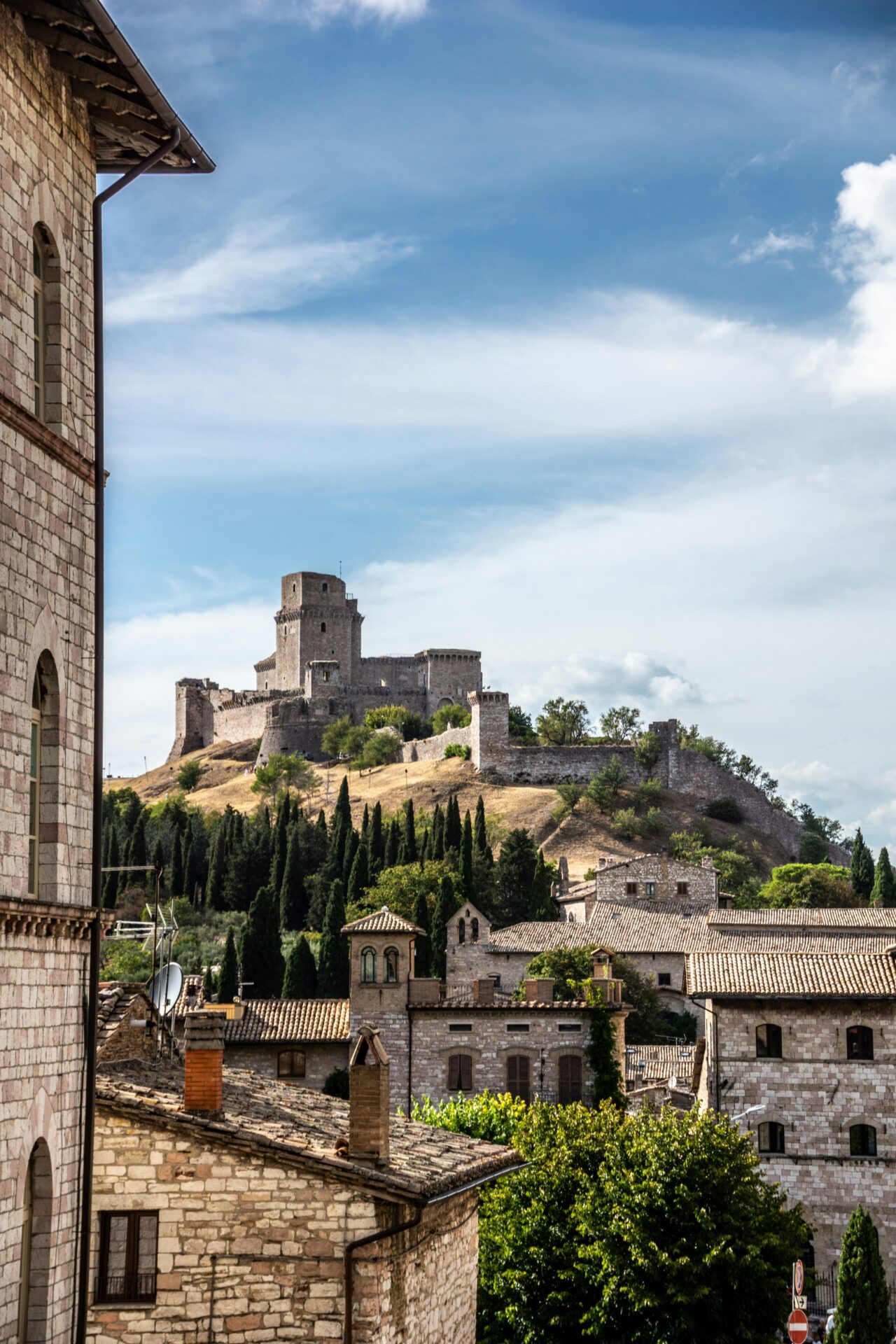
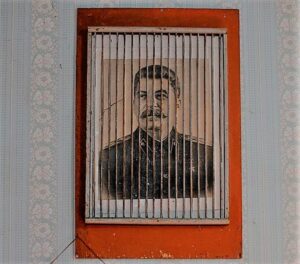


One thought on “Speyside Malt Whisky Trail: In Search of the Holy Grail (Part 1: Understanding Scotch)”